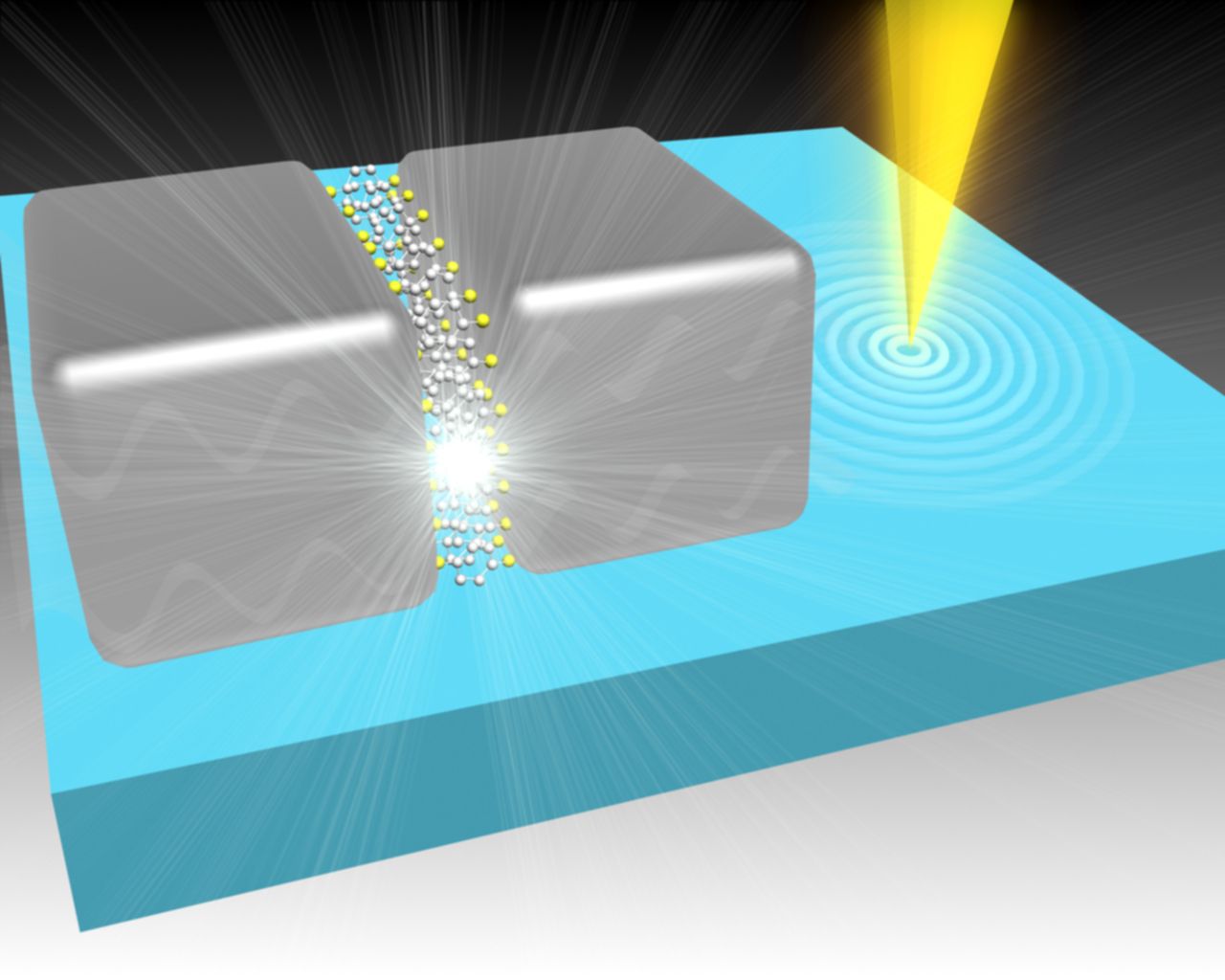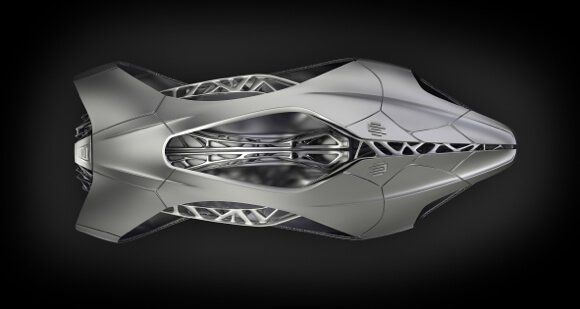Education Elucidated by Napoleon Bonaparte and Dr. Wernher von Braun through the White Swan Idea:
![WhiteSwanEureka]()
REFLECTING ON THE EDUCATION WE IMMEDIATELY NEED! NAPOLEON BONAPARTE ON EDUCATION (1769 – 1821) observed:
“…Education, strictly speaking, has several objectives: one needs to learn how to speak and write correctly, which is generally called grammar and belles letters. Each lyceum has provided for this object, and there is no well-educated man who has not learned his rhetoric .… After the need to speak and write correctly comes the ability to count and measure. The lyceums have provided this with classes in MATHEMATICS embracing arithmetical and MECHANICAL KNOWLEDGE IN THEIR DIFFERENT BRANCHES .… The elements of several other fields come next: chronology, geography, and the rudiments of history are also a part of the education of the lyceum .… A young man who leaves the lyceum at sixteen years of age thence knows not only the mechanics of his language and the classical authors, the divisions of discourse, the different figures of eloquence, the means of employing them either to calm or arouse passions, in short, everything that one learns in a course on belles letters. He also would know the principal epochs of history, the basic geographical divisions, and how to compute and measure. He has some general idea of the most striking natural phenomena and the principles of equilibrium and movement both with regard to solids and fluids .… Whether he desires to follow the career of the barrister, that of the sword, or ENGLISH, or letters; if he is destined to enter into the body of scholars, to be a geographer, engineer, or land surveyor — in all these cases he has received a general education necessary to become equipped to receive the remainder of instruction that his circumstances require, and it is at this moment, when he must make his choice of a profession, that the special studies present themselves …”. [113]
Continue reading “Education Elucidated by Napoleon Bonaparte and Dr. Wernher von Braun!” »
 Circuits that can operate at frequencies up to 245 terahertz — tens of thousands times faster than today’s state-of-the-art microprocessors — have been designed and fabricated by researchers at National University of Singapore and Agency for Science, Technology and Research (A*STAR).
Circuits that can operate at frequencies up to 245 terahertz — tens of thousands times faster than today’s state-of-the-art microprocessors — have been designed and fabricated by researchers at National University of Singapore and Agency for Science, Technology and Research (A*STAR).



 John Brownlee — Fast Company
John Brownlee — Fast Company








